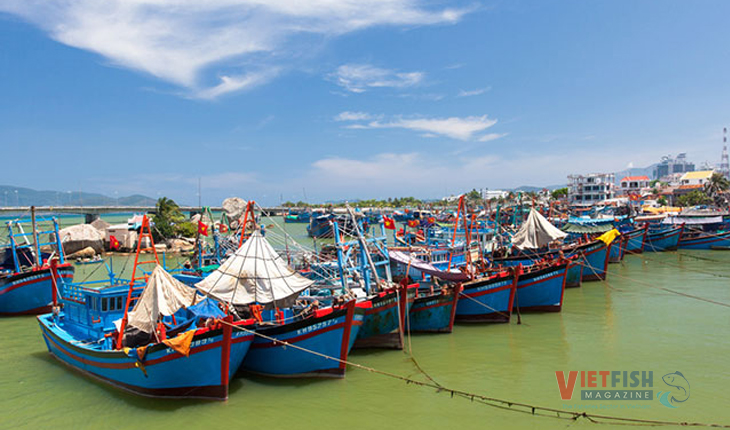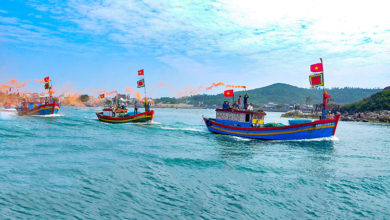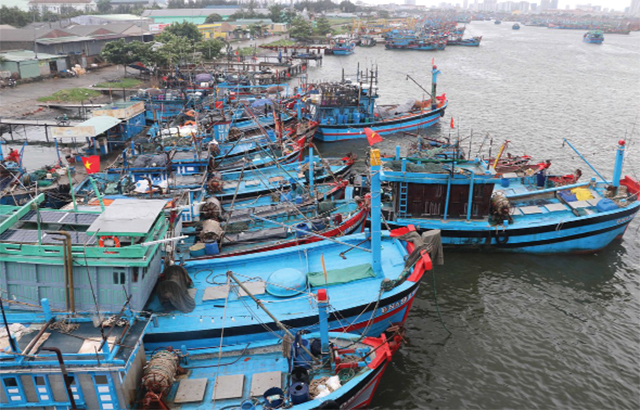Lots of barrier against aquatic exports to China
Despite growth after China reopened their borders, Vietnam is facing lots of barriers in aquatic exports.
China is the biggest market of agricultural products
Since China adjusted their measures of preventing the Covid-19 pandemic, exports of aquatic, forestry, and agricultural products to this market have shown good signs.
China continued to be the largest market of Vietnamese seafood, forestry, and agricultural products in the first months of the year, reaching USD 1.27 billion, accounting for over 20% of the market share.
The US was the second market with nearly USD 1.2 billion worth, Japan ranked the third with USD 563 million worth and followed by Korea with USD 302 million worth of export value.
Aquatic exports to China reached USD 122 million in February, up 33% from the same period last year. However, due to a slump in January, export value reduced by 7% in the first two months of the year as compared to the same period last year.
Lots of barrier
During 2018-2022, aquacit trading between Vietnam and China grew sharply in major markets. Thus, China climbed to the second biggest market of Vietnamese aquatic products, after the US, from the third rank.
Despite growth after China reopened their borders, Vietnam’s aquatic exports are facing lots of barriers, one of which is the fact that fresh products has not been officially exported.
The top seven Vietnamese aquatic products going to China include shrimp, crab, salmon, cuttlefish, pollock, cod, and pangasius. Shrimp have been the most imported species into this country, accounting for about 40%.
As many as 128 aquatic products have been allowed to penetrate the Chinese market and 805 Vietnamese companies have been granted licenses to enter this country. However, many enterprises are facing difficulties in registration on the one-door trade system of the General Administration of Customs China.
Most of the fresh aquatic products going through the Móng Cái border gate in Quảng Ninh have not been officially exported through Dongxing (China). They have been just imported from Móng Cái – Dongxing market.
Agrotrade said that Vietnam was negotiating to diversify products for exports. Procedures for exporting live oyster have been basically completed while chilled shrimp and salted jellyfish continued to be evaluated.
Take advantage of digitization of
In the Convention of “Promote trading of aquatic, forestry, and agricultural products between Vietnam and Guangxi (China)”, the Ministry of Agriculture and Rural Development requested Quảng Ninh provincial People’s Committee and relevant Chinese institutes to create favorable conditions for businesses of the two countries to boost their trading, especially at the Móng Cái – Dongxing border gate so as to bring goods to Guangxi.
“We will discuss to celebrate promotion conventions in Dongxi city of Guangxi at the area adjoining Móng Cái border gate or the cities adjoining Lạng Sơn. We will set up promotion units to go to Yunnan, China to create favorable conditions for cooperation between companies of the two countries”, said Trần Thanh Nam, Deputy Minister of Agriculture and Rural Development.
In the first two months of 2023, nearly 120,000 tons of aquatic and agricultural products were exported through Móng Cái border gate, up 22% from the same period last year.
So as to boost the sales of Vietnamese aquatic and agricultural products in China, digitization must be taken advantage of. In the next few months, two countries will cooperate to build a “digital border gate” in Móng Cái and Dongxi to facilitate exportation, save time and costs.
VFM






